Epithelantha micromeris is a genus of small, globular cacti native to the southwestern United States and Mexico. One of the well-known species is Epithelantha micromeris, commonly known as the Button Cactus. Here are general care guidelines for growing Epithelantha:
Epithelantha micromeris 1. Light:
- Provide bright, indirect sunlight or filtered sunlight for your Epithelantha cactus. They generally prefer a lot of light but can benefit from some protection against intense afternoon sun.
2. Soil:
- Use a well-draining cactus mix or create a mix with equal parts of potting soil and perlite or coarse sand. A well-draining mix helps prevent overwatering issues.
3. Watering:
- Allow the soil to dry out completely between waterings. Epithelantha cacti are adapted to arid conditions and are susceptible to root rot if kept consistently damp. Water sparingly, especially during the winter months when the cactus is in a dormant state.
4. Temperature:
- Epithelantha cacti prefer warm temperatures. Keep them in an environment with temperatures between 70°F to 90°F (21°C to 32°C) during the growing season. They can tolerate cooler temperatures during the winter but should be protected from frost.
5. Humidity:
- Epithelantha cacti are adapted to low-humidity environments. They do well in typical indoor humidity levels but should not be exposed to high humidity for extended periods.
6. Container:
- Plant Epithelantha in a small, shallow container with drainage holes to ensure proper drainage. The shallow root system of these cacti doesn’t require deep pots.
7. Fertilization:
- Feed sparingly with a diluted, balanced cactus fertilizer during the growing season (spring and summer). Follow the recommended dosage on the fertilizer label.
8. Pruning:
- Epithelantha cacti typically don’t require pruning. However, you can remove any dead or damaged parts with clean, sharp scissors or pruning shears.
9. Dormancy:
- Epithelantha cacti may go through a dormant period, usually in the winter. During this time, reduce watering to prevent excessive moisture in the soil.
10. Pests and Diseases:
- Keep an eye out for pests like spider mites or mealybugs. Treat any infestations promptly with insecticidal soap or neem oil. Ensure good air circulation around the plant to prevent fungal issues.
- other variety is gymnocalycium capillaense
| Color | White |
|---|---|
| Growth Pattern | Globular |
| Ideal location | Partial Sun |
| Origin Country | India |
Be the first to review “Epithelantha micromeris rare cactus” Cancel reply
You must be logged in to post a review.



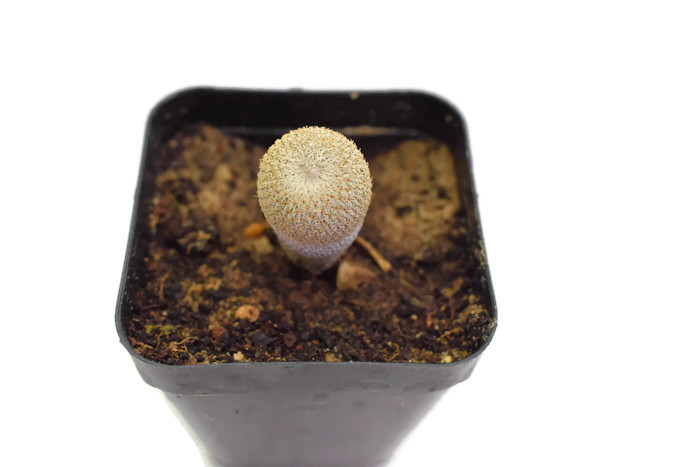




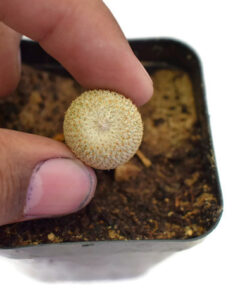






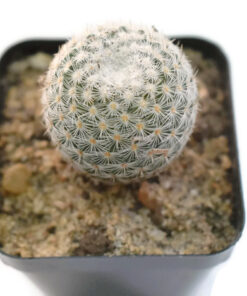

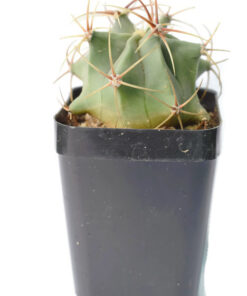
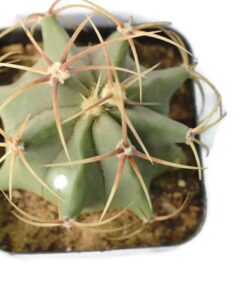



Reviews
There are no reviews yet.